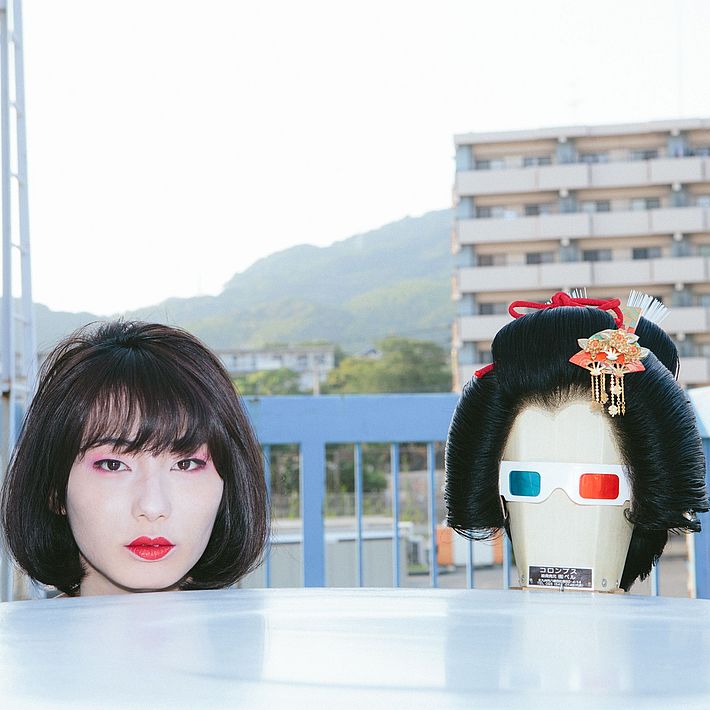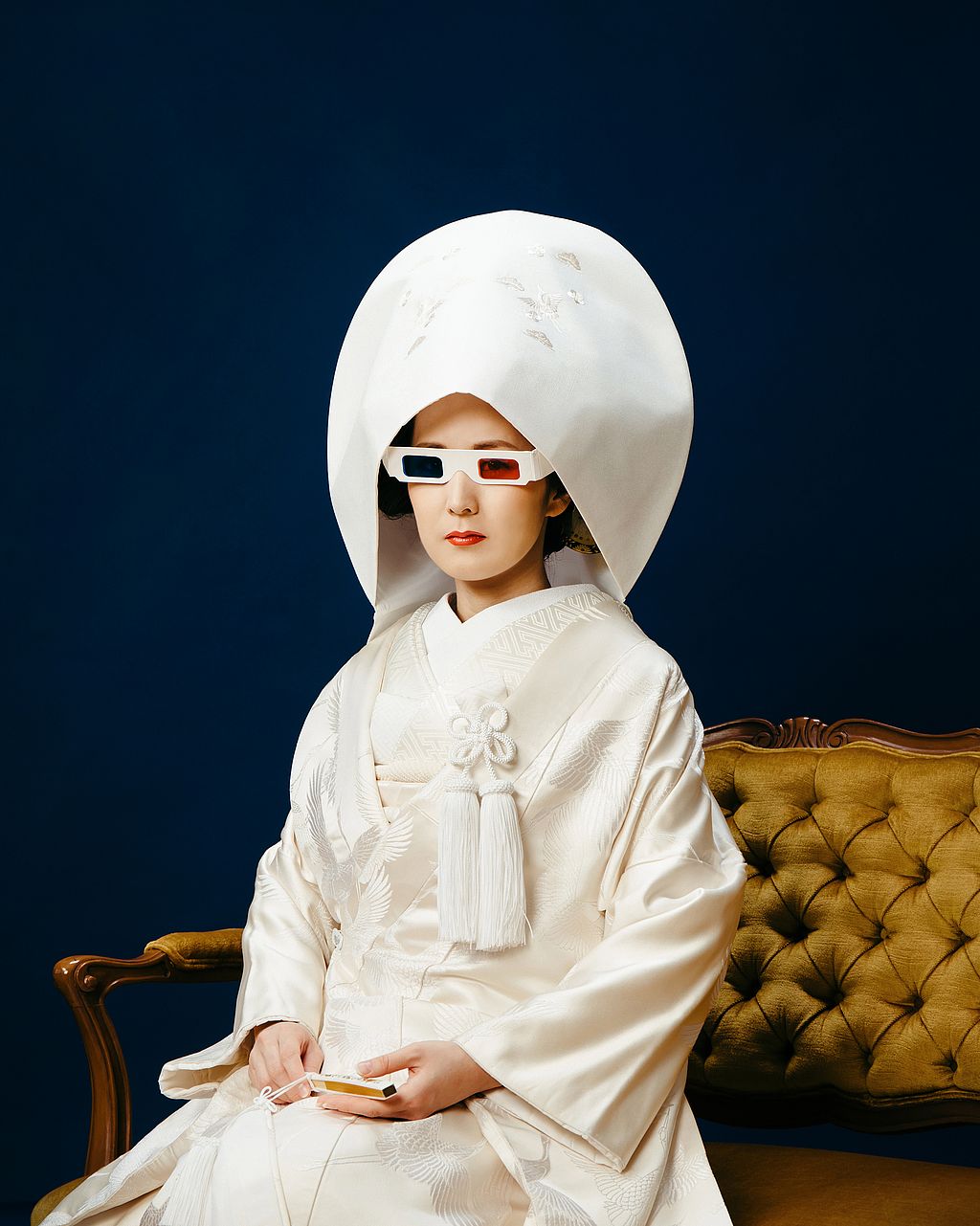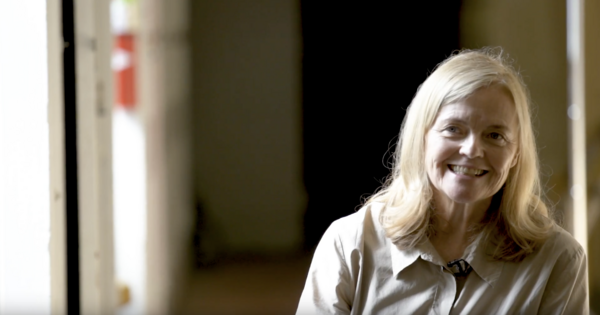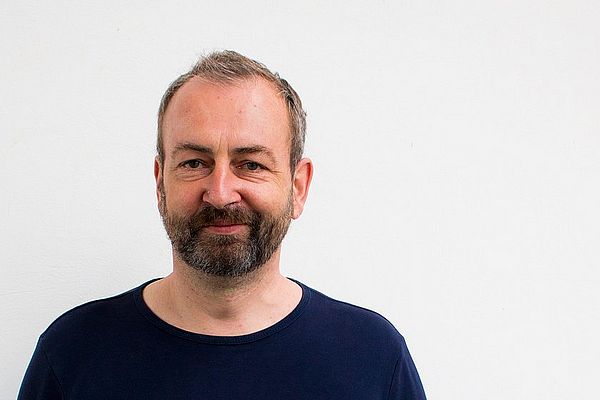History Is About Radical Moments
RoseLee Goldberg on performance art with a future
artnet magazine voted her the “world’s most active performance curator.” One of her accomplishments is most definitely the founding of the New York Performa Institute, an exceptional undertaking. Her expertise in contemporary art is based on a profound exploration of the modernist stage.

About RoseLee
RoseLee Goldberg (New York) is an art historian, author, and curator specializing in modern and contemporary performance art. The founder of Performa created performance programs for the Museum of Modern Art and the Guggenheim Museum in New York.
header
The Bauhaus’s founder, Walter Gropius, quickly saw the stage in terms of a holistic orchestration of talents and trades that was akin to architecture. However, it was not until Oskar Schlemmer was appointed head of the Bauhaus stage in 1923 that what had been an expressionist experiment became a theoretically well-founded, systematic exploration of the formal possibilities of people and space. RoseLee’s expertise in contemporary art is based on a profound exploration of the modernist stage. We talked to her about 100 years of bauhaus and the Performa Biennial in 2019.
How did you first come to think about the Bauhaus?
I was a dancer from an early age, and my undergraduate degree was in Fine Arts. I was equally committed to both, being a painter and dancer, and was torn as to which direction I would pursue. When I moved to London (from South Africa) to attend the Courtauld Institute of Art, I discovered the work of Oskar Schlemmer at an exhibition at the Royal Academy of Arts, and became immediately fascinated by his work and his writings, in which he endlessly discussed the conflict of having “two souls” as he called it: the Apollonian (intellect, painting, sculpture) and the Dionysian, (emotion, theater, dance), and was drawn to the ways he resolved the conflict between the two.
What do you think about the remark in Schlemmer’s Bauhausbuch on the “Bühne im Bauhaus” that the stage should not be a place where political and social issues should be dealt with?
The utopian vision of Gropius and the artists attracted to the Bauhaus was, I believe, already a way to discuss politics and society through radical training in the arts. It was a time of rebuilding in Germany following the First World War, and every premise of the Bauhaus described a radical vision for a new society; it was a utopian belief in education as a way of creative thinking and living, with every gesture examined for its purest form.
Has this history played a role in initiating Performa?
My main reasons for starting Performa and the Performa Biennial was because I wanted to make this extraordinary history known on as broad a stage as possible. As you know, my book on “Performance Art from Futurism to the Present” came out in 1979 and is now in more than 12 languages. I have written several other books, including recently –published “Performance Now: Live Art for the Twenty-First Century”, lectured extensively, taught at NYU and other universities, and curated many shows, all with the goal of informing and educating the public about this important aspect of art history, which was omitted and ignored from the main story of art history. Performance was always treated as a kind of “side show”. I wanted to explain that it is central to our understanding of art and the ways in which artists work, that it provides insights into the sociology of art as well, and I decided that the only way I could truly achieve this goal was to dedicate an entire organization and a specialized biennial to telling this story. Another reason to start Performa was that in 2004, it had become clear that the art world was too market-driven, too top-heavy. I wanted to take back New York for the creative community, to reignite something of the adventurousness and sheer audacity of the art world which had brought me to live in New York in the first place in the 1970s. I wanted to build a community – of artists, writers, architects, film makers, philosophers, choreographers, poets, and composers – to provide places to meet and reflect, and to find ways to support and commission new art and emerging artists.

Did the Bauhaus have any impact on the way you imagined Performa?
Not directly, although I have always considered the Bauhaus a model for building an exciting intellectual and creative community, where all the arts are analyzed and created under the same roof. Gropius wrote about “lectures, poetry, music, costume parties,” as being part of the Bauhaus education and ethos. One of our early Performa galas took the Metal Party as its inspi- ration, even including a special “trolley” on which visitors could enter the space. It was a huge success, and introduced many people to Schlemmer and Bauhaus ideas.
Is an updated Bauhaus a desirable utopia for you?
The Bauhaus inspired art and architecture schools around the world for the past 100 years, including Black Mountain College, which was a refuge for several Bauhaus artists escaping Nazi terror, and which became an important instigator of truly experimental and seminal work. Artists such as Annie and Josef Alberts, Robert Rauschenberg, Merce Cunnigham, John Cage, and Buckminster Fuller gathered there in the 1950s, and would later shape New York’s downtown art community in the 1960s and 1970s. The Bauhaus is still a useful touchstone, and we will be using it to trigger a larger investigation into the art school of the 21st century, as part of Performa 19. Many aspects of the school will be examined, including “Art and Technology: a New Unity,” the Bauhaus exhibition of 1923, and how those early questions about new media are still relevant today.
Speaking of “new media”: What do you think about art in social media? Are these platforms the new stages of a democratic society?
Artists always gravitate to the newest technologies, and of course most young artists use social media as a general platform. However, there will always be those few who will take this material to another level, who will tear it apart, and make us rethink its aesthetic potential, and who also find ways to combine its elements in live presentations, whether in a gallery or theater setting.
You are an art historian working in contemporary art. What do you think artists can learn from history?
History is about radical moments. Looking back at past influential moments and movements, we discover a radicalism of ideas, intentions, and new aesthetic developments that feed our thinking today. History is always a resource for living artists; any conversation with an artist will invariably reveal significant references to the past that they use to reinvent new ways in shaping their work.

Will the language of the body gain in importance as we move more and more through digital spaces in our everyday lives?
Live performance is indeed gaining audiences around the globe at museums and galleries, some of it for sure in response to our over-mediated world, but also because being in the presence of performers, being brought closer to the art and ideas of our times, is an enticement for audiences. This is all the more reason at this point in time for a greater knowledge and more in-depth understanding of Oskar Schlemmer’s work, and the ways in which he positioned the Bauhaus stage at the center of his teaching and creative output.
By preparing 100 years of bauhaus at Performa in 2019: what are you looking for, or what kind of criteria do you use to look for artists who fit with this event?
We are not looking for artists to reconstruct or to use the same elements. We’re looking for new ways of thinking about some of the issues that came up, triggering new ideas. The art and technology from the Bauhaus exhibition in 1923 was used to look at what it means for young artists working with technology, live performance, and a combination of the two. The more in-depth the conversations from the Bauhaus about art and technology, the more it gives me new ways of thinking about how young artists might use this material. There are always connections to be found, though they may not immediately come to mind at first glance.
What is the stage of tomorrow?
What is the art and culture of tomorrow? An interesting question that I ask myself every day. We need to maintain some level of complexity and we need to find those languages that contribute to it. It’s very much about living in the present, and it’s a question about how well we can do that, how well we can communicate and to bring people together to do that. So, let’s keep talking. I don’t have a definite answer.
headline
RoseLee, thank you for the interview!
This article was originally published in the third issue of the “bauhaus now” magazine.
[NF 2018]

